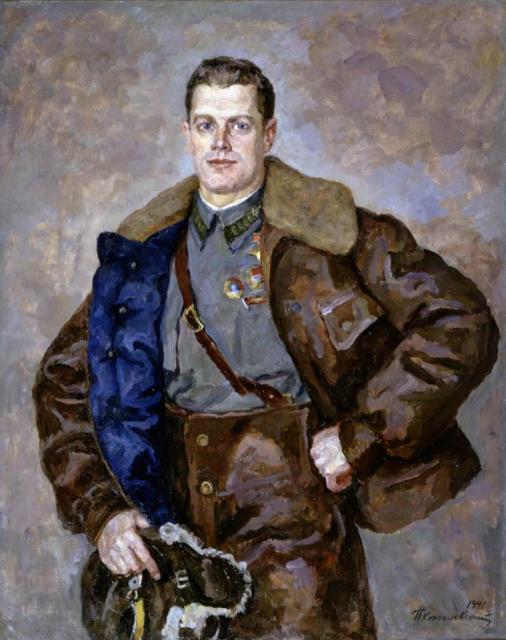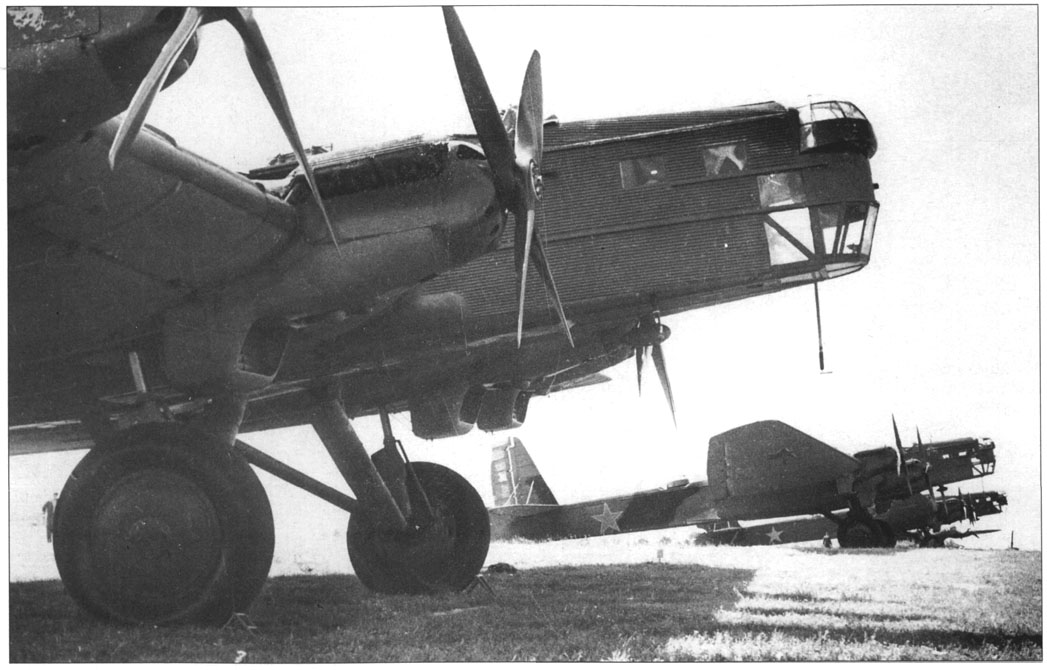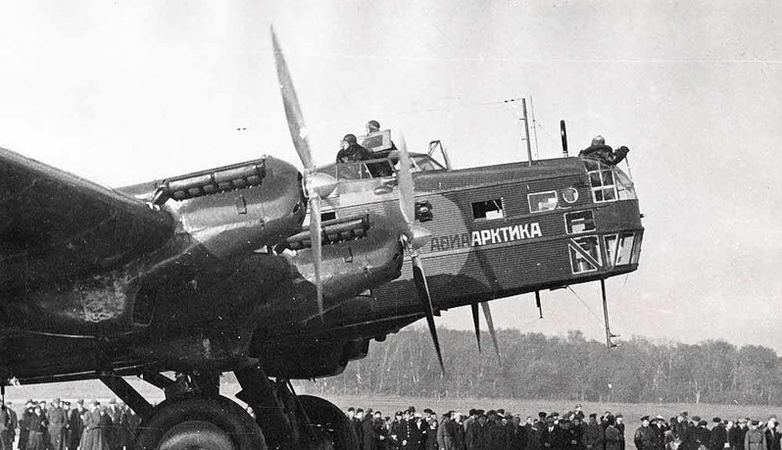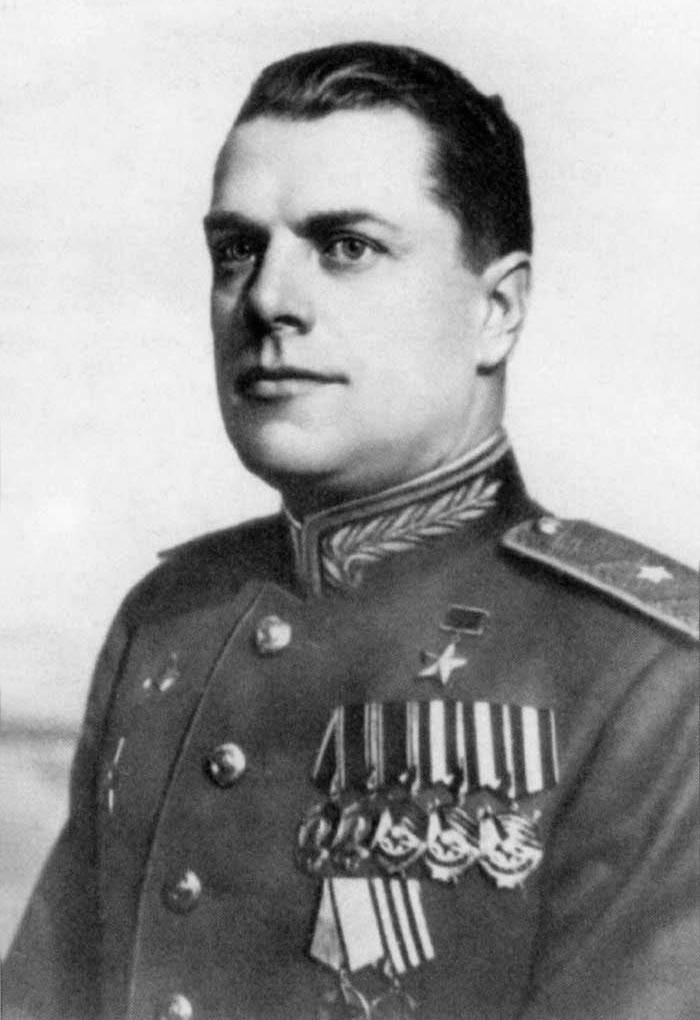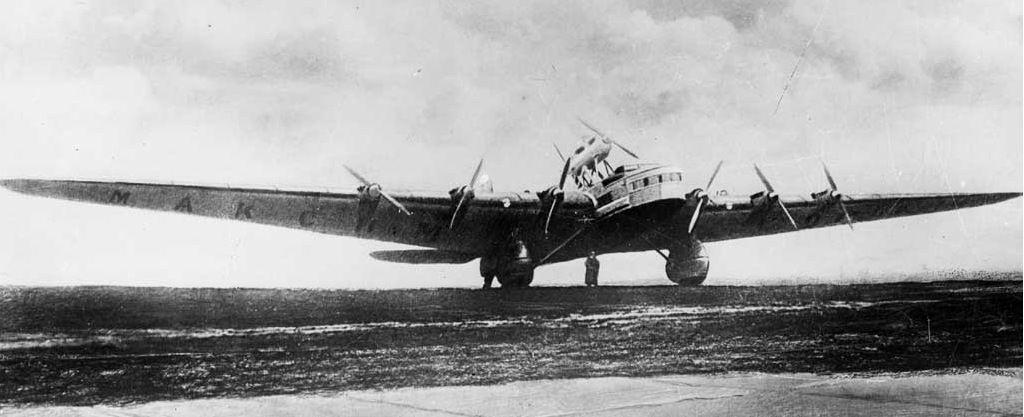
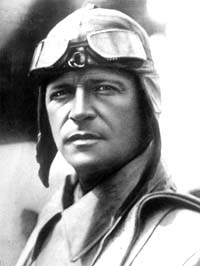
19 May 1934: Soviet test pilot Mikhail Mikhaylovich Gromov made the first flight of the Tupolev ANT-20 Maxim Gorky. This was the largest airplane of its time. Designed by Andrei Tupolev to carry 72 passengers, the giant airplane was operated by eight crew members.
Used primarily as a Soviet propaganda tool, it also carried a powerful broadcast radio station, a printing shop, and loudspeakers.
Constructed of corrugated sheet metal for rigidity and strength, the ANT-20 was 107 feet, 11¼ inches (32.899 meters) long, with a wingspan of 206 feet, 8¼ feet inches (62.998 meters) and height of 34 feet, 9¼ inches (10.598 meters). Its empty weight was 62,700 pounds (28,440.2 kilograms) and the maximum takeoff weight was 116,600 pounds (52,888.9 kilograms)
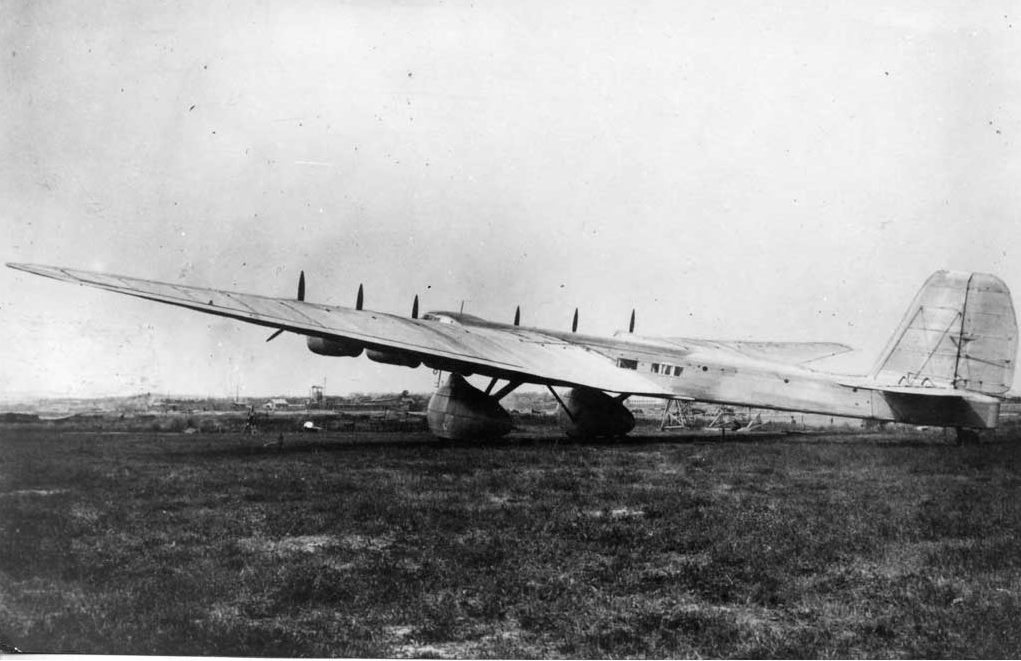
The ANT-20 was powered by eight liquid-cooled, supercharged, 2,896.1-cubic-inch-displacement (46.928 liter) Mikulin AM-34FRN single overhead cam (SOHC) 60° V-12 engines, rated at 1,200 horsepower at 2,000 r.p.m., each. They drove two-bladed propellers. Two of the engines were mounted above the fuselage, in a push-pull configuration.
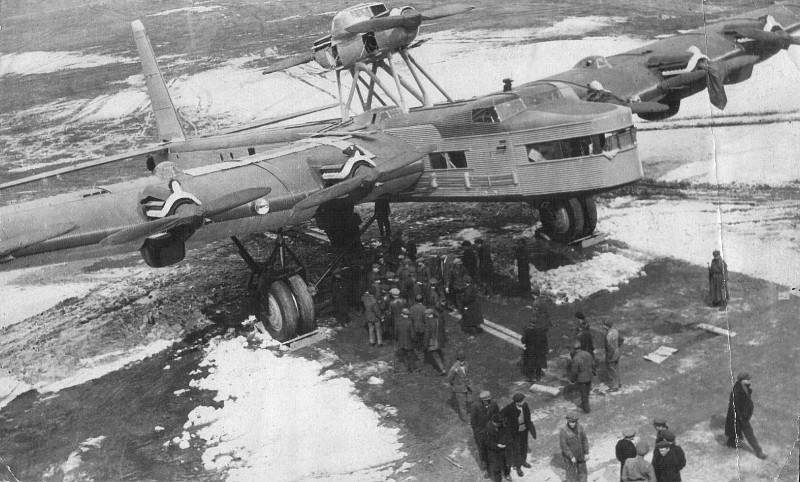
Maxim Gorky had a maximum speed of 137 miles per hour (220.5 kilometers per hour), a service ceiling of 4,500 meters (14,764 feet) and a range of 750 miles (1,207 kilometers).
Just 364 days after its first flight, 18 May 1935, Maxim Gorky crashed following a mid-air collision during a formation flight over Moscow. 45 people were killed.
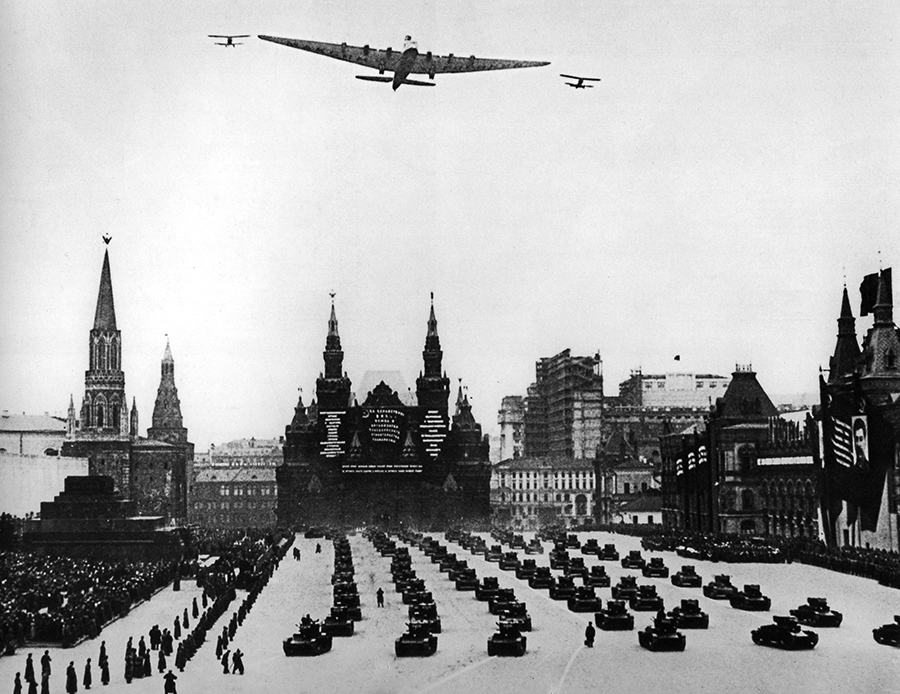
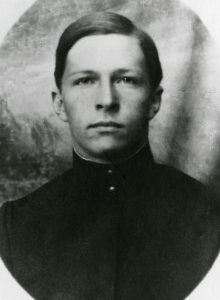
Mikhail Mikhaylovich Gromov was born 24 February 1899, at Tver, about 110 miles (180 kilometers) northwest of Moscow. He was the son of Mikhail Konstantinovich Gromov, an “intellectual” who had studied medicine at Moscow University, and Lyubov Ignayevna Gromov, a midwife. The family were of the nobility, but poor.
The younger Gromov attended the Resurrection Real School, and then the Moscow Higher Technical School for Aviation. He graduated in 1917. Gromov was taught to fly by Boris Konstantinovich Welling, a pioneer in Russian long-distance flights. After working as a flight instructor, Gromov began test flying. He became the chief test pilot for the Tupolev Design Bureau. By the outbreak of World War II, he had test flown twenty-five different airplanes.
In 1926, Gromov made a non-stop long-distance flight in a Tupolev ANT-3, from Moscow via Berlin, Paris, Rome, Vienna, Prague, Warsaw and back to Moscow. The flight took 34 hours. In 1934, he flew a Tupolev ANT-25 12,411 kilometers (7,712 miles) in a closed circuit over 75 hours. For this accomplishment, he was named a Hero of the Soviet Union.
From 12–14 July 1937, Gromov set a world record for distance in a straight line, flying an ANT-25 from Moscow to San Jacinto, California, a distance of 10,148 kilometers (6,306 miles).¹ The duration of this flight was 62 hours, 17 minutes.
n March 1941, Gromov became the first director of the Flight Research Institute at Zhukovsky, southeast of Moscow. The Institute was later named the M.M. Gromov Flight Research Institute, in his honor.
In 1942, during The Great Patriotic War, Gromov commanded the Soviet long range air forces on the Kalinin Front. He next commanded the 3rd Air Army, 1942–1943, and the 1st Air Army, 1943–1944. In 1945, he returned to test flying.
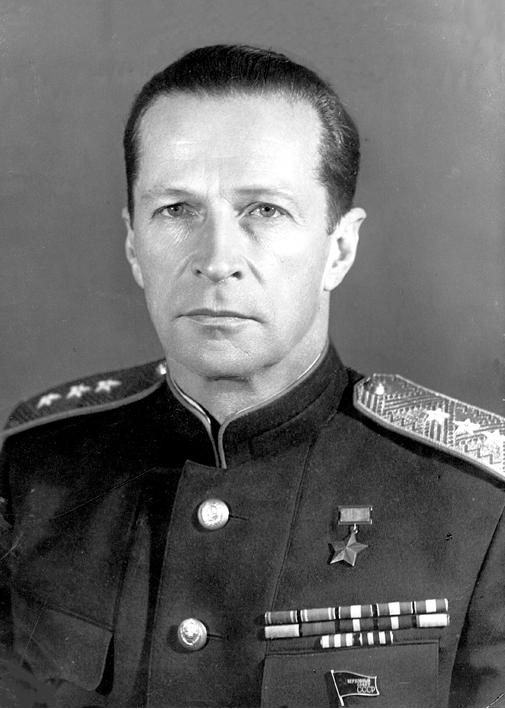
Following the War, Gromov continued to work in the aviation industry, but following a disagreement with the Minister of Aviation, Pyotr Vasilyevich Dementiev, over the issue of quality vs. quantity and the safety of the test pilots, he retired. Later, he entered politics and was twice elected to the Supreme Soviet.
During his military career, in addition to the Gold Star Medal of Hero of the Soviet Union, Colonel General Mikhail Mikhaylovich Gromov was awarded the Order of Lenin four times, the Order of the Red Banner (four), and the Order of the Red Star (three). He died 22 January 1985.
¹ FAI Record File Number 9300
© 2018, Bryan R. Swopes
